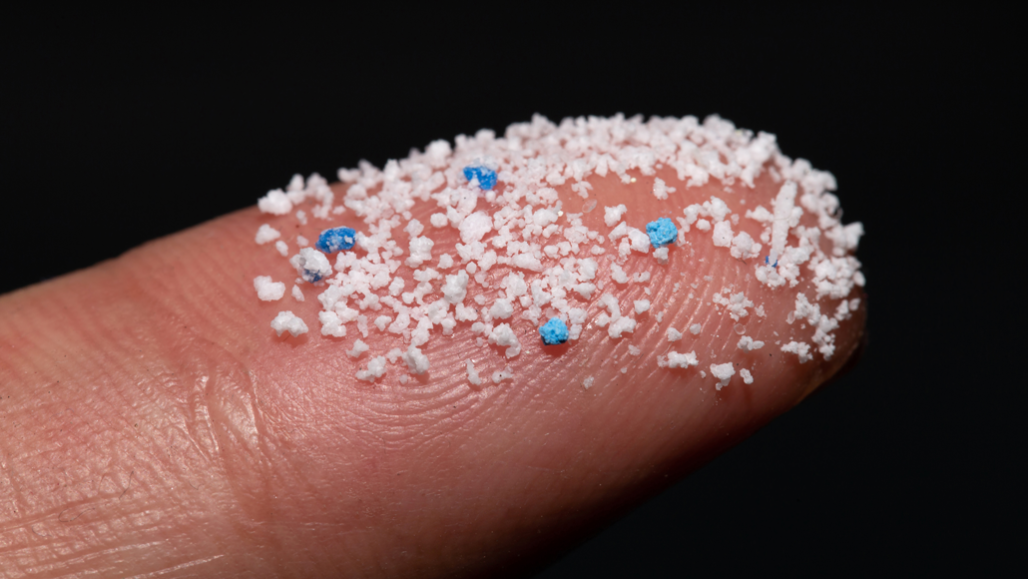Questions for ‘Help for a world drowning in microplastics’

These bits are just some of the many tiny fibers, beads and shards of plastic that find their way into the environment — and its inhabitants, including us. Scientists think there must be a way to keep such pollutants from posing widespread risks.
pcess609/iStock/Getty Images Plus